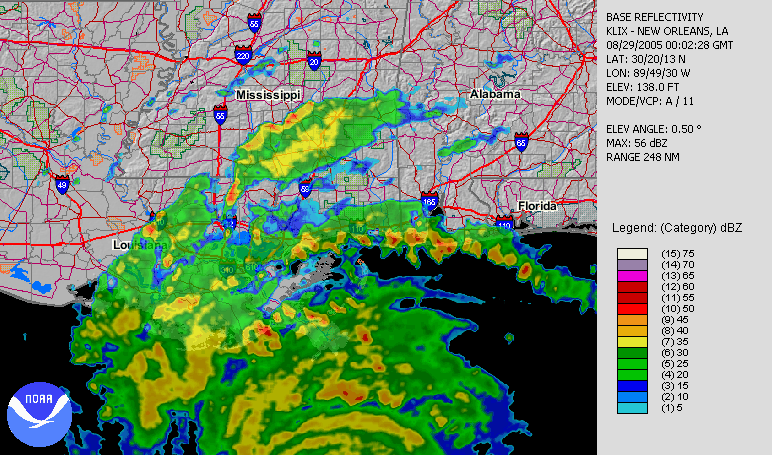While news anchors are prone to sensationalism, the coverage and reactions were apropos for a storm of this magnitude. While I am one of the first people to criticize weathermen for their inaccurate predictions – which is usually about a snow storm that doesn’t cancel school the next day, I do understand that they are reporting on predictions. Meteorologists use complicated weather models to make educated guesses about the tracks of storms. By nature, to predict is to estimate or calculate in advance; there is nothing certain about it.
 |
| Hurricane Irene's path |
Hurricane Andrew in 1992 taught us some serious lessons about reporting. The media’s attention was on Miami, the most overdue city for a hurricane, but the destruction was south of the Gateway to the Americas. This monster storm leveled Homestead, FL. Yet before this fact was known, reports celebrated that Miami dodged a bullet. It wasn’t until the storm had moved into the Gulf of Mexico that information about the damage in South Florida started to come to light. The media had focused on the big city in harm’s way, but neglected the actual location of landfall. This storm was the costliest Atlantic hurricane in U.S. history until 2005.
 |
| Andrew making landfall |
Prior to Katrina that year, Hurricane Cindy hit Louisiana and caused New Orleans’ largest blackout since Hurricane Betsy in 1965 but that storm was touted to be bigger and more destructive than it was. While Katrina’s hit was impending, Mayor Nagin did order the first ever mandatory evacuation of the city. Unfortunately, many ignored it or waited until it was too late. Those who survived admit that they had become nonchalant about hurricane threats since storms had missed the city for decades.
Hurricane Katrina is a defining moment of our American history. The loss was eminence; it is the costliest U.S. hurricane. In the aftermath, people felt that the government didn’t do enough for our citizens and to this day many New Orleanians still suffer from Katrina's long lasting effects.
 |
| Katrina making its second landfall (first landfall was in Florida) |
While the storm ended up being less destructive than predicted for most of the 65 million people, our fellow country men and women in North Carolina, upstate New York and Vermont have suffered greatly. Since North Carolina took the first brunt of the storm and Irene stalled over the Pamlico Sound, the storm lost the wind punch that could have shattered New York upon its direct hit. Yet Irene was still a rainmaker and most of the East Coast was under a flood watch or warning during the storm’s lifespan. Many small towns in the New England area have been flooded off the map. The ruin left behind is unfortunately record breaking.
| Irene over North Carolina |
No one could truly predict Irene’s behavior when she made her multiple landfalls. I think that stations were being responsible in reporting how bad the damage could be and demonstrating how vicious her wake was. I’m glad that our elected officials handled the situation with gravitas and mandated evacuations. I don’t fault and I support the EMS manager in New Jersey who warned those who didn’t heed the order to “take a 3x5 card, use indelible ink and write your name, Social Security Number, Date of Birthday, next of kin, way to reach them on the card. Then place the card in your left shoe, not a flip flop or a sandal, so we can identify you whenever we find your body.” Those who couldn’t leave on their own accord were offered assistant to get out of harm’s way. Those who choose to stay behind are selfish, and they make matters worse in endangering the brave men and women who are then charged with saving them when they do find themselves in trouble.
 |
| Flooding in Brattleboro, VT, courtesy of CNN iReports |
To help, visit www.cnn.com/impact.
Images, except where noted, are courtesy of Wikipedia.
No comments:
Post a Comment